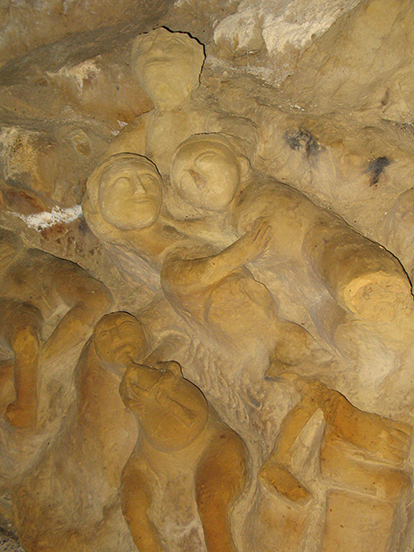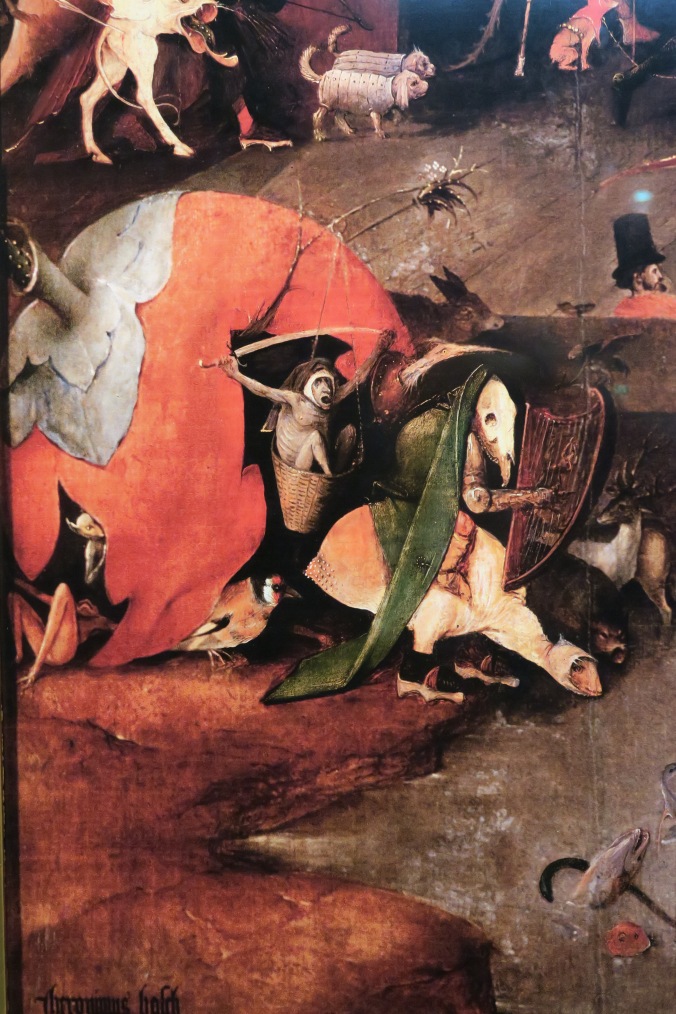Summer ended on a perfect pitch with an August trip to Newfoundland. We were greeted with a miraculous (for Newfoundland) string of sunny days and found “the Rock” covered in an amazing array of berries, most of which we’d never heard of before we started traveling to Newfoundland, and most of which can be eaten raw or made into famous Newfoundland jams.

These are Crackerberries. The trails were paved with them.
Though berries would be enough of a reason to go to Newfoundland in August or September, it was the chance to see the Bonavista Biennial which drew me up this time.
Here is the Godmother of the Bonavista Biennial, Catherine Beaudette,

who also is the founder of the 2 Rooms Artist Residency where I had the delicious pleasure of working last summer. Catherine had shown me the catalog for the first iteration of the Biennial (2017) and I knew I wanted to catch the Biennial the next time around. I thought it was very brave of Catherine to name the first Biennial a BIENNIAL because that meant she HAD to rally for this enormous effort even before she saw how the first one shaped up. But rally she did, with a whole troupe of volunteers, to bring world class art to Newfoundland. One of the things that makes the Newfoundland Biennial so special is that geographically and culturally relevant work is installed up and down the Bonavista Pennisula in predominantly untraditional venues: a chapel, a breakwater, a root cellar!!! All this art is interspersed with the quirky pleasures that Newfoundland has to offer: strolling miles of board-walked trails ringing most every town and village,

following the Devil’s Footprints in Keels,

convening with puffins, and did I already say counting root cellars? There are over 100 of them in Elliston, which proudly calls itself of Root Cellar Capital of the World, a claim, I for one, am not going to dispute.
With my down-loaded Biennial map in hand we started our scavenger hunt in little Duntara (not far from the devil’s playground in Keels) where I had done my artist residency last year. In the evocative space of 2 Rooms, a beautiful heritage house that Catherine bought several years back and rescued from it’s likely trajectory into demise,

we found our first installation: the work of Jason Holley.


Holley’s chains are both powerful and vulnerable. They look for all the world that they are painted metal, but on very close examination one discovers their fragility, as each link is hand crafted in clay.
Just the walk up the steps to the second floor of 2 Rooms made me squirm with pleasure. The souls of this heritage home are curated by layer upon layer of paint and wallpaper lovingly left clinging to the walls.

Catherine Beaudette called forth these souls with her Crib

and accompanying watercolors whose palettes echoed the surrounding paint chips.

After a reminiscing walk around Duntara, we headed to Bonavista, the largest town on the peninsula, to see Anna Hepler’s installation, “Mooring” which filled the salt storage warehouse of the historic Ryan Premises. I loved that this big, bold, voluminous ship hull cum whale rib-cage was constructed of re-purposed cardboard boxes which no doubt, like ships criss-crossing the Atlantic, had found their way to Newfoundland’s shores via eCommerce.


We tried to find Robert Hengeveld’s outdoor installation in Bonavista and discovered his lived sized house frame had moved! Very fitting for Newfoundland which has suffered the heartbreak of resettlement (a program which began in the 1950’s and continues today, in which the government pays residents of “outports” to abandon their heritage property and move to more populated communities).
We found Hengeveld’s house beautifully sited in Upper Amherst Cove.


We took the short cut across the peninsula which means driving though the boggy, forested, whole-lot-of-beautiful-nothing landscape and were reminded why we love Newfoundland so much. First, we passed this sign:

Then this:

Then this:

We arrived in the little community of Catalina to see the work on exhibit at the Salt Fish Plant. Drawing on a typically meticulous boat-builder’s approach to craftsmanship (as opposed to Hepler’s DYI approach) was the work of Ian Carr-Harris. Carr-Harris presented an exquisitely built model of the ship Theoris, the ship that carried Theseus on his quest to vanquish the Minotaur. I’ll let you read here why Carr-Harris has entitled this work “A Paradox”.

Showing alongside Carr-Harris was the equally well-crafted sculpture of Yvonne Lammerich, a forced perspective model of Champlain’s fort in Quebec.

We drove on to Port Union, one of my favorite Bonavista Peninsula towns (you just gotta love the birthplace of Newfoundland’s first labor union, no? In fact, Port Union is the ONLY union-built town in north America!!) Besides the wonderful interpretive center at the Fisherman’s Protective Union Factory and home of Fisherman’s Advocate Newspaper (back when newspapers were the heart and soul of democratic ideals. Hey! Why aren’t there more newspaper museums?!?)


One can easily spend all day in Port Union hiking the magnificent shoreline trail (top photo in post), hunting the water’s edge at low tide for the world’s oldest fossils–560 million years old. (Yup! Don’t doubt me on this one)




Across the street from the Fisherman’s Protective Union Interpretive Center lies a long block of row houses which used to house the office managers at the fish plant and newspaper press. 
On one end of the row sits the newly established Union House Arts. In the gallery of Union House Arts we saw the work of Meghan Price, who recorded the surfaces of erratic boulders, then carefully stitched her papers together to create alluringly ephemeral “rock” sculptures.


Besides these erratics, Meghan Price also spent a couple weeks in Port Union drawing on trail marker imagery to create kites.


I too am drawn to the cryptic trail markers.



Behind Port Union’s main street with its hopeful renovations lies the less lucky boarding houses of Fishermen Protective Union’s workmen and their families.



But wait! What’s that pink shimmering at the end of this sagging row?

Ah! Artist Robyn Love has stitched and hung drapery which wafts protectively in the breeze enshrouding what used to be someone’s home.



In Port Rexton, just south of Port Union, we saw entirely different work of Meghan Price in the old post office. You had to look really, really hard at these geologic layers to discern that they were made from sliced up New Balance sneakers.

Finally we headed to Elliston for a long hike where we were rewarded with huge patches of Newfoundland’s most prized berry, the bakeapple, AND an escort of spouting and breaching whales. On our way to the trail we stopped at the lovely St. Mary’s Church

photo credit: Brian Ricks
to see the work of collaborating artists Jane Walker and Barb Hunt.

photo credit: Brian Ricks
Ringing the interior of the chapel with the ubiquitous artificial funerary flower petals, Hunt and Walker have spelled out (in Morse Code) “This slow loss reminds us to move”. It’s a quiet, mournful piece, but not without a touch of Newfoundland wit.
Still counting root cellars in Elliston we headed over to the puffin viewing site

and right there at the start of the path are two well preserved root cellars with the telltale Bonavista Biennial placard announcing we’ve found another art installation site.


Leaving the door cracked a bit to adjust our eyes to the dark we reached out for the cord dangling from the ceiling, waved the wand about and presto! Drawings appeared on the phosphorescent rocks gathered by artist Sean Patrick O’Brien.


Oddly satisfying. When we finished our rock/light drawings we stood outside the door for a while to watch others’ responses and ended up serving as art ambassadors, encouraging parents to let their kids in. One by one we heard them exclaim, ‘Wow! Cool!” No need for didactic art criticism here! That’s what I love about the Bonavista Art Biennial.
Enough of this high brow stuff. You can’t go to Newfoundland without having a good chuckle. There is a reason why I do so many Newfoundland posts in a blog I’ve entitled “Quirk”. What can I say–Newfoundland is a quirky place! Our first helping of quirk offered itself up on night two of our Newfoundland stay on the less touristed Eastport Penninsula, just north of the Bonavista Penninsula.
 We poured over the recipes to see if there was something new we could try. There was no shortage of options. We did NOT try:
We poured over the recipes to see if there was something new we could try. There was no shortage of options. We did NOT try:

Luckily for us our host came by with some freshly caught cod and not seal flippers.
Fancy Rice Salad might have been a good accompaniment but, alas, we had not picked up Dream Whip on the way in.
 And we were oh so tempted by “Sex-in-a Pan”: (hmmm, is Dream Whip the same as Cool whip? Well, as I said, we didn’t have any.)
And we were oh so tempted by “Sex-in-a Pan”: (hmmm, is Dream Whip the same as Cool whip? Well, as I said, we didn’t have any.)

Instead we joined our lovely hosts, Linda and Cyril for a sunset boat ride, where we passed around a chocolate bar.

and then finished off the night laying on our backs in the mosquito-less yard watching shooting stars. Better than Sex-in-a-Pan!
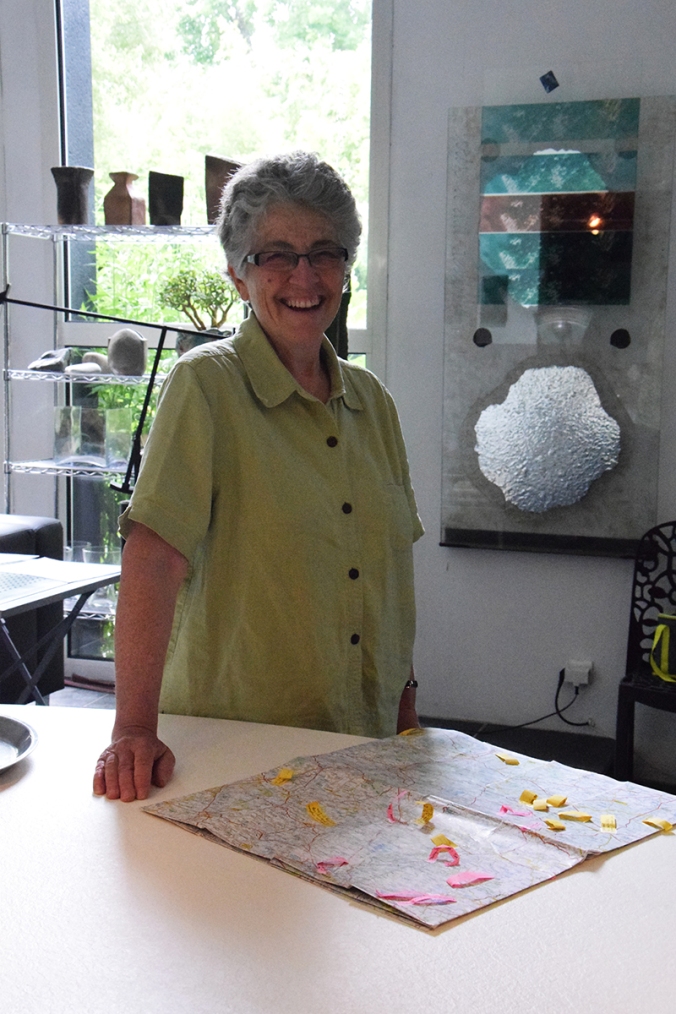
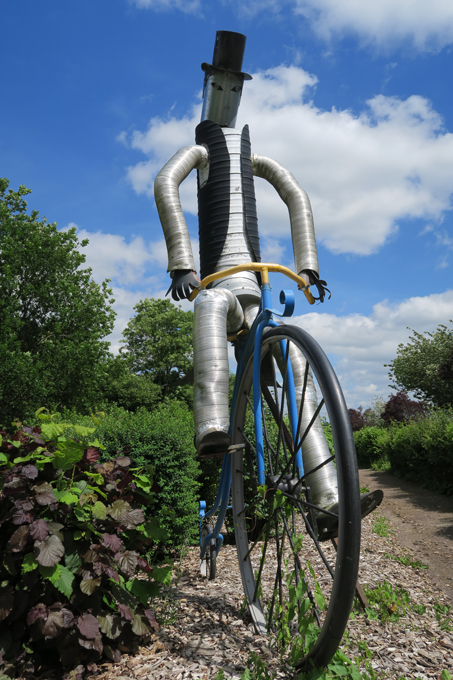
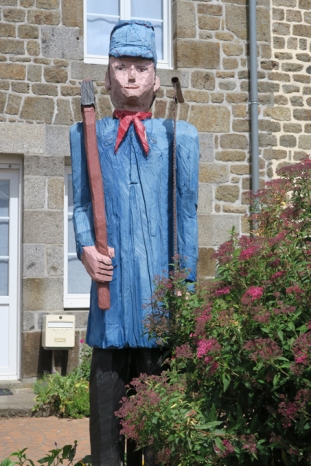
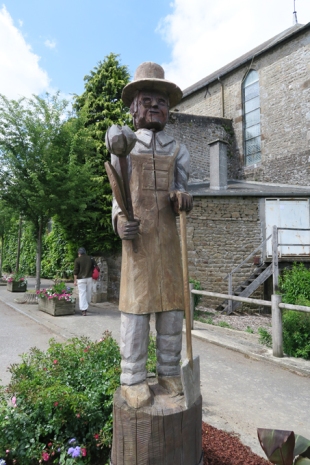
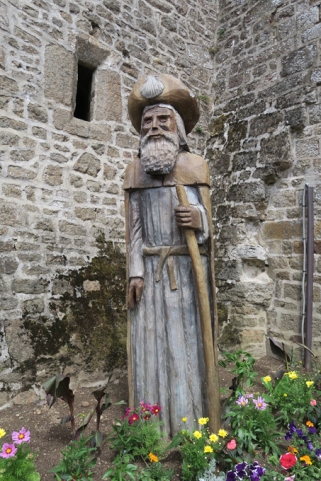
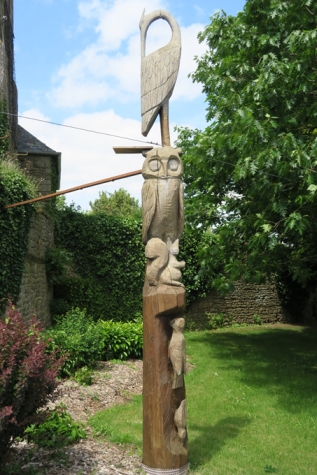
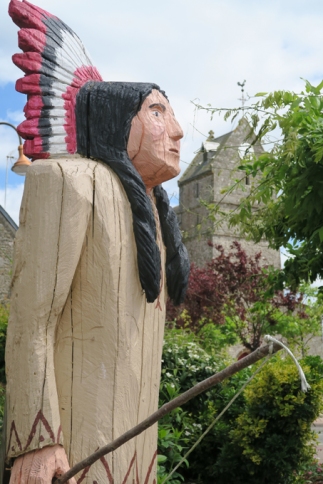
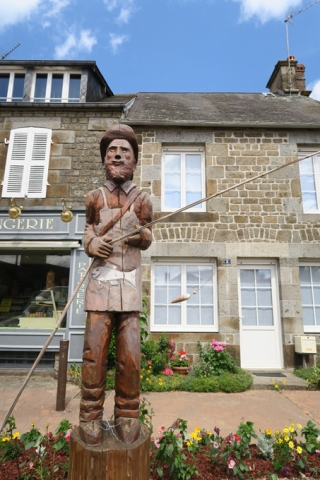
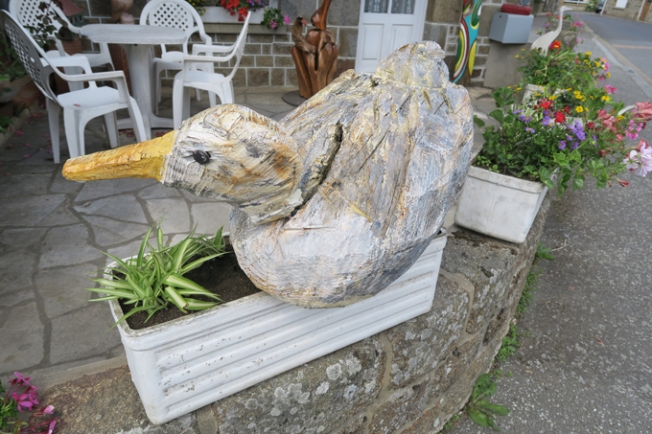
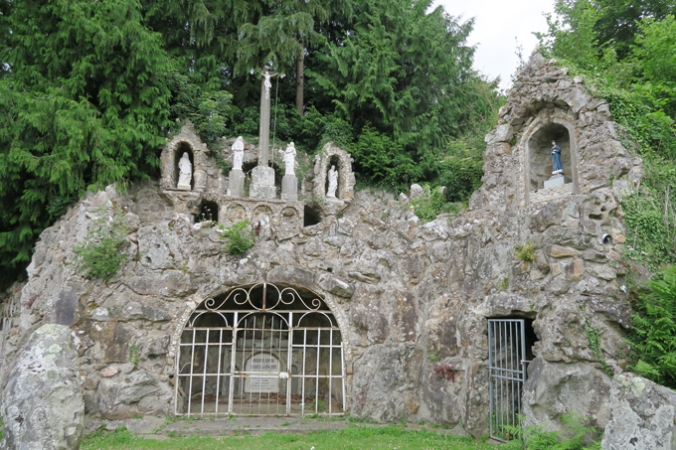
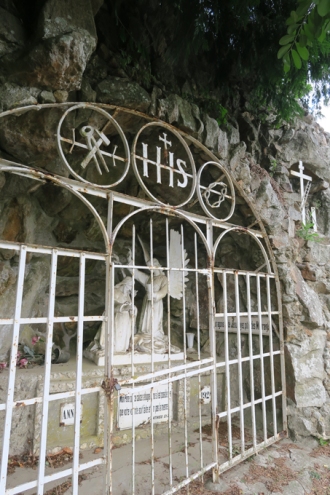
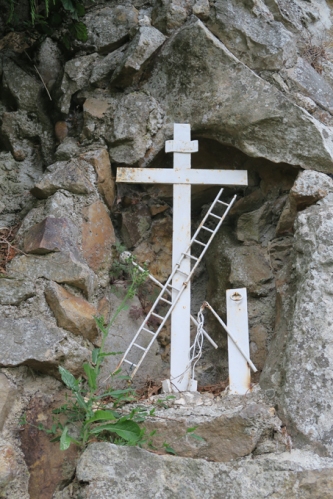
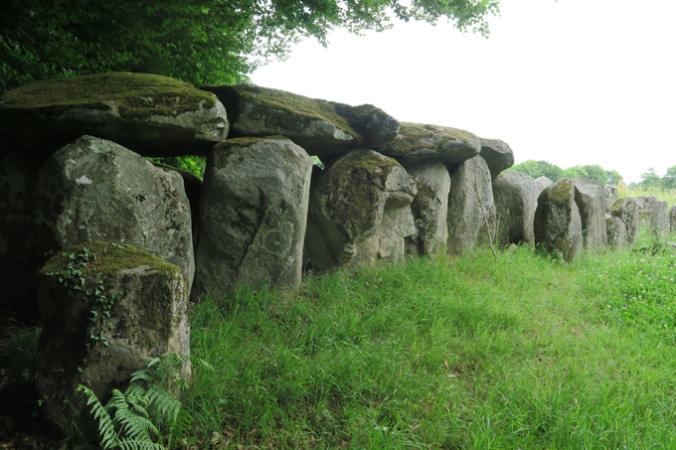
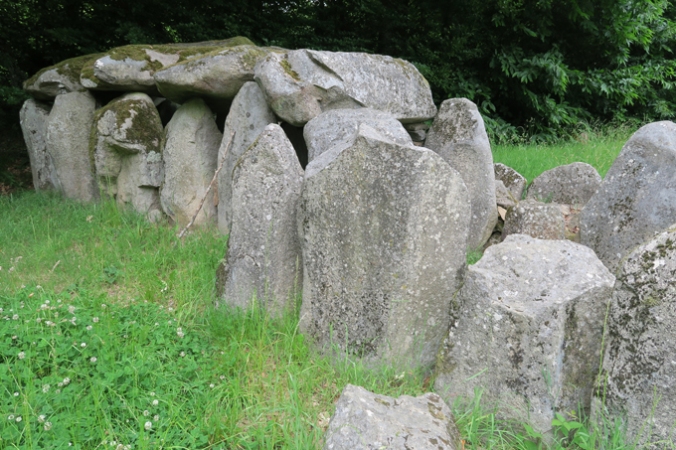

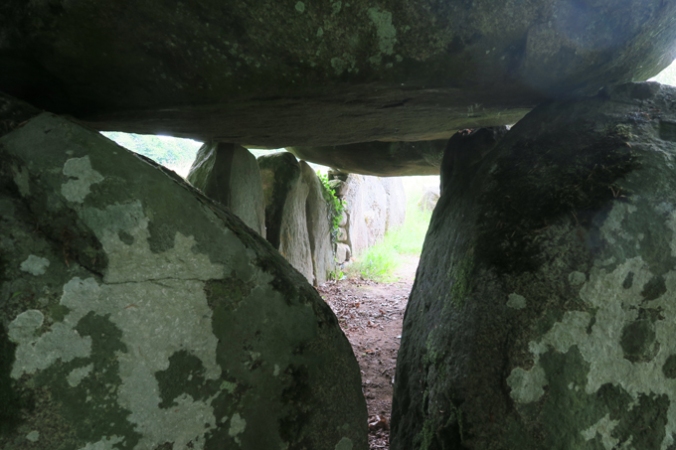

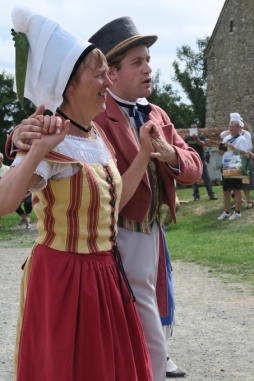
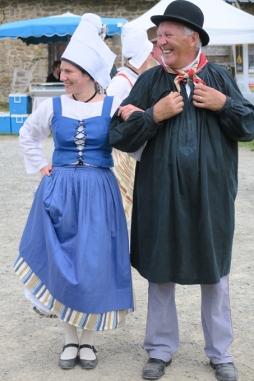
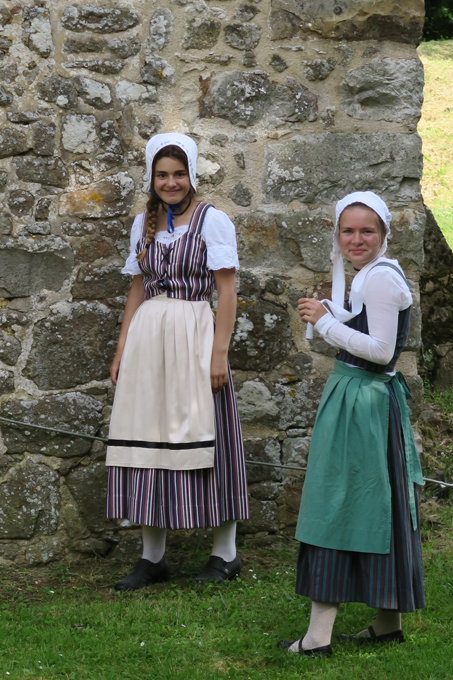
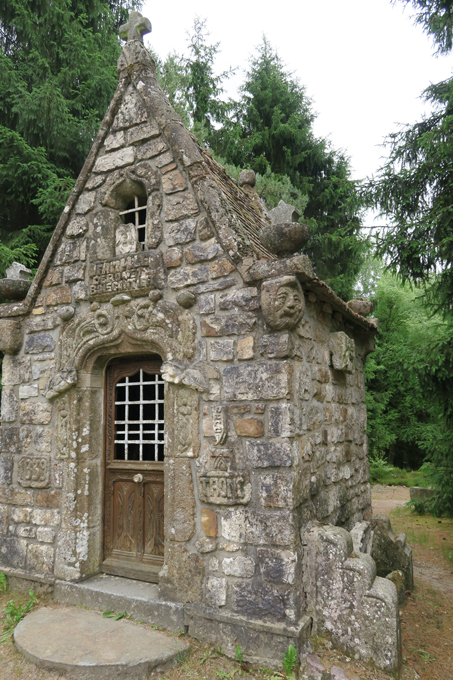 \
\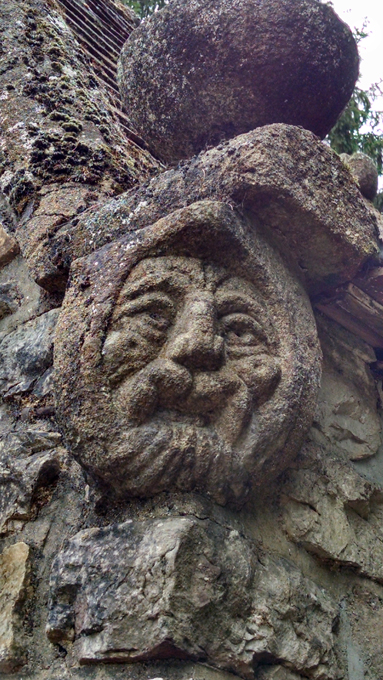
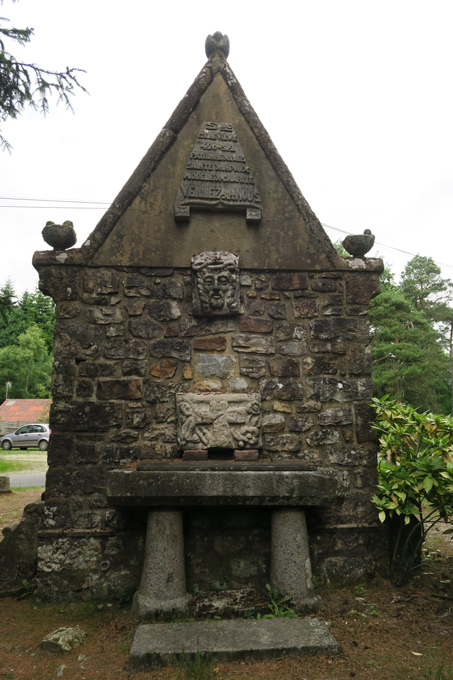
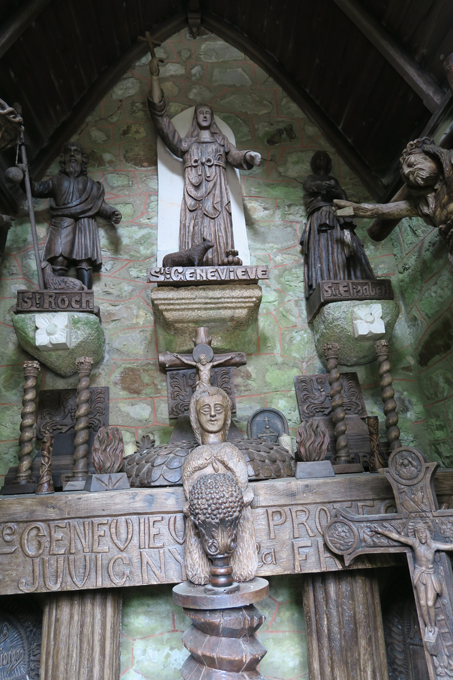
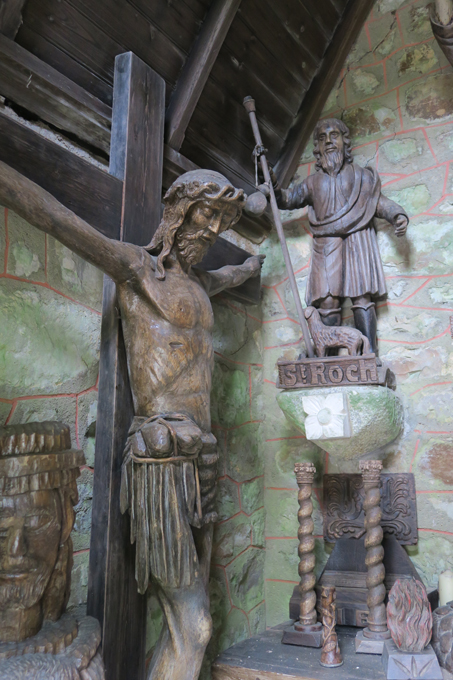

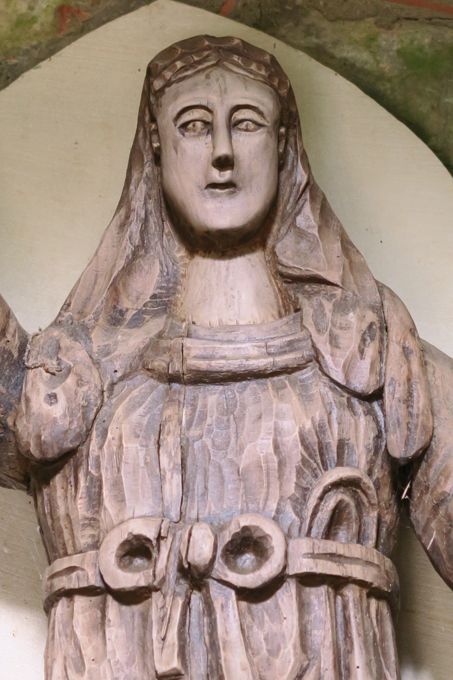
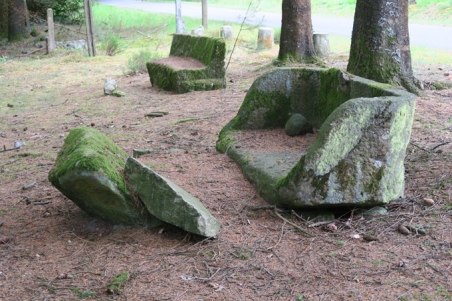


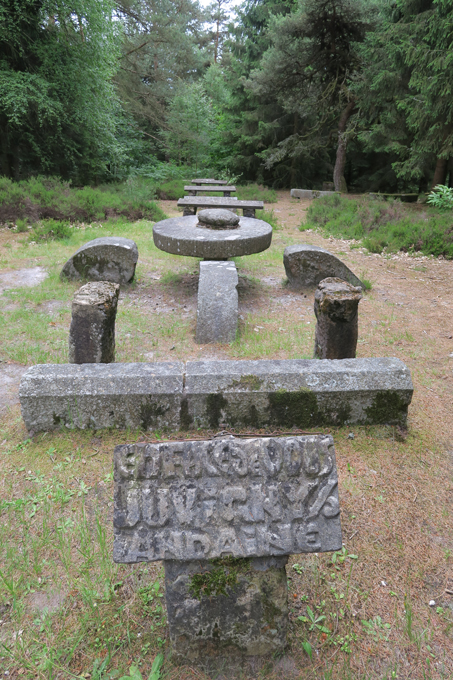
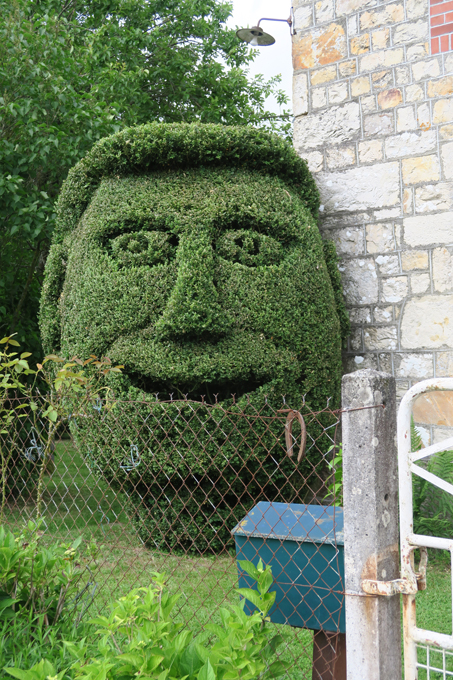
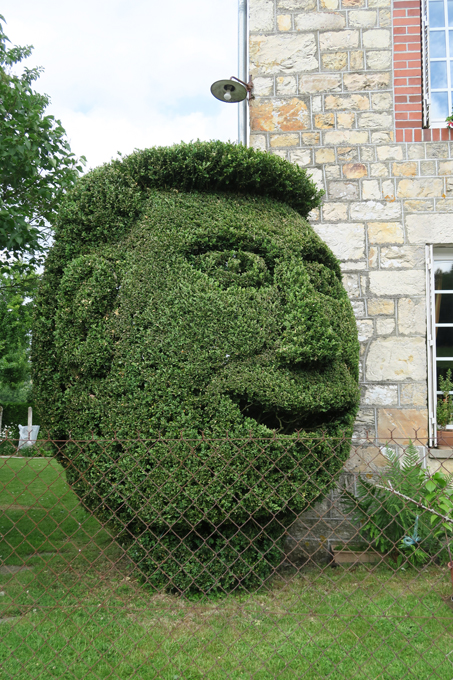











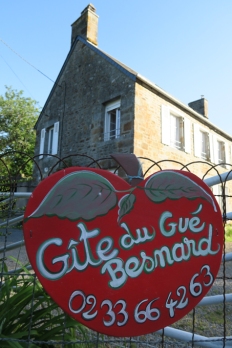
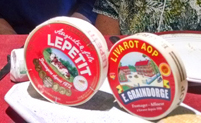
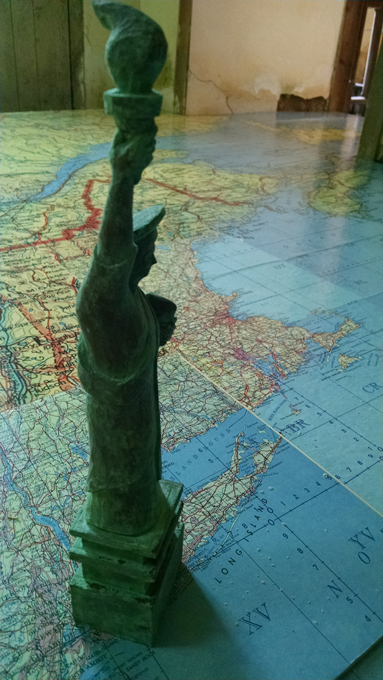



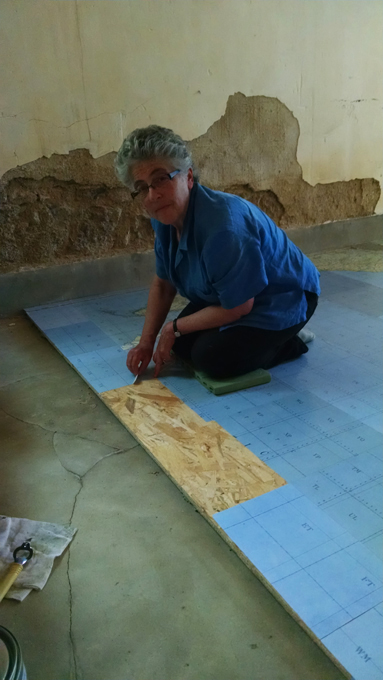




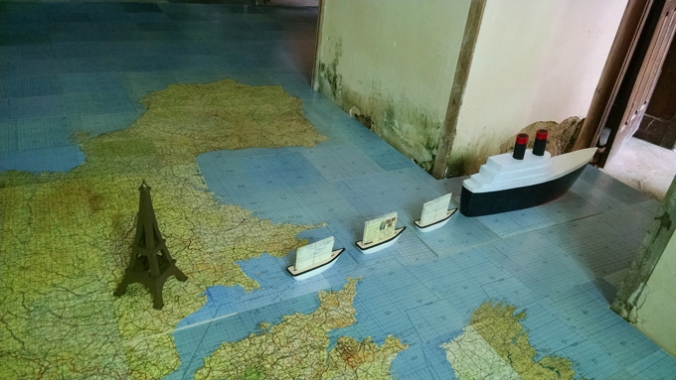






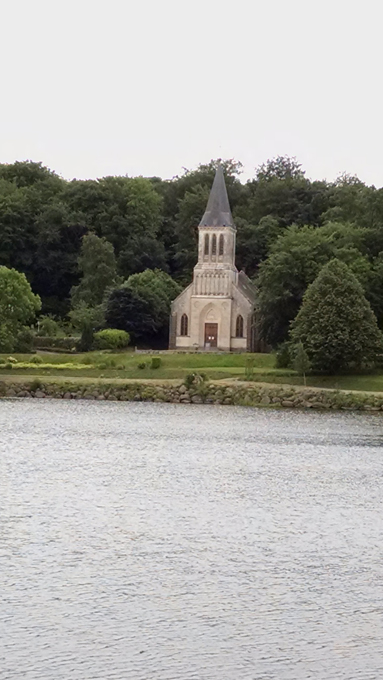









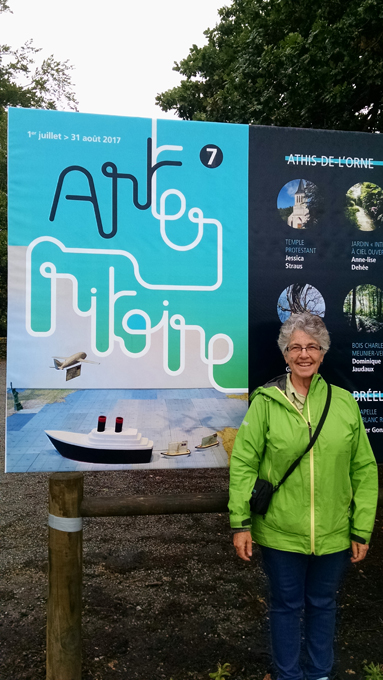

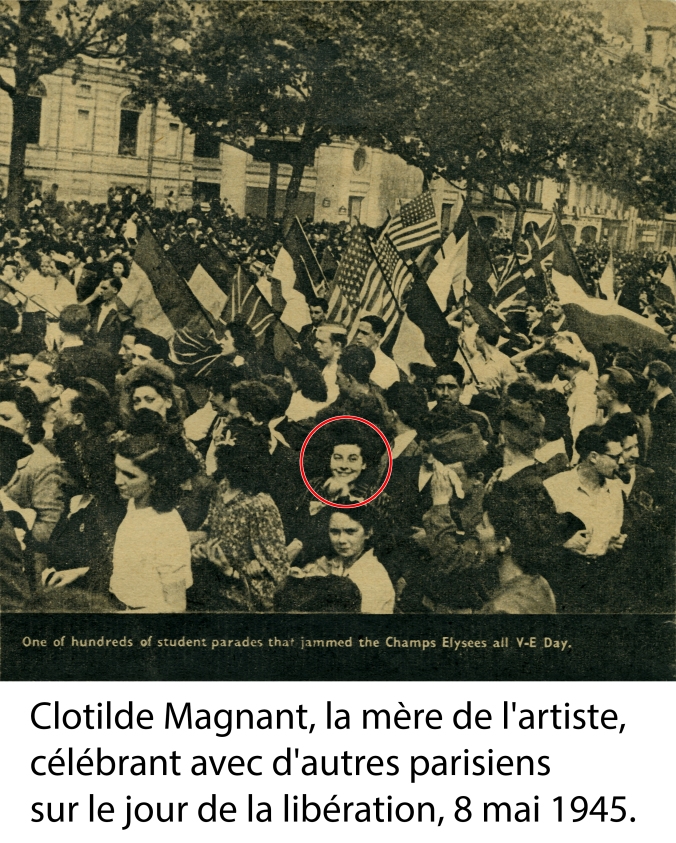 It’s a photo my sister’s family discovered after my parents died. It appeared in Yank Magazine, published by the military for the benefit of the soldiers to keep them updated on the war effort. It’s the Victory Day issue. My father had sent it to his father back in Erie telling him that the girl looking at the camera was a girl he had fallen in love with. And that is both the beginning and end of my story.
It’s a photo my sister’s family discovered after my parents died. It appeared in Yank Magazine, published by the military for the benefit of the soldiers to keep them updated on the war effort. It’s the Victory Day issue. My father had sent it to his father back in Erie telling him that the girl looking at the camera was a girl he had fallen in love with. And that is both the beginning and end of my story.






